It was at least twenty years ago when I first broke the Italian Food Rule: Don’t Dip Bread in Olive Oil.
Or, to clarify: Don’t serve bread with a bowl of olive oil with a swirl of balsamic vinegar as an appetizer (or any other part of the meal).
Back to my first experience: I was so enchanted by the new food presentation, I never forgot the moment.
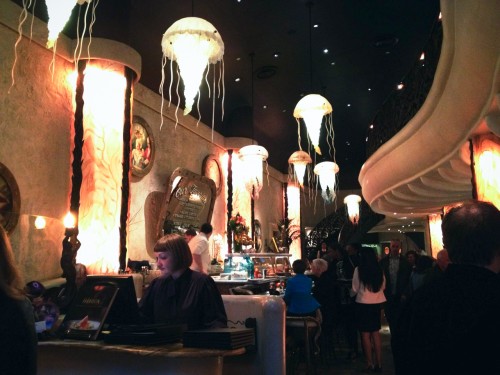
It was my first dinner at Farallon, that fantasmagorical Paul Kuleto restaurant in San Francisco. Sitting under the jellyfish chandelier, I watched with curiosity as our waiter presented with a flourish a thin sliced baguette of warm sourdough bread and a bowl of deep green extra virgin olive oil. But he didn’t stop there. With some sleight of hand he produced a small bottle of balsamic vinegar and created a floating purplish S on the surface of the oil.
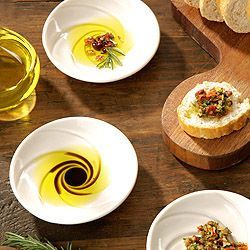
Noting our bemused expressions, he explained that the proper procedure was to dip a bite of torn bread into the oil, catching a smidgen of the aceto balsamico (I can’t remember if he actually said “aceto balsamico”) and pop it into one’s mouth. I caught on immediately and for the next ten years or so I savored bread dipped in olive oil throughout the fine restaurants of San Francisco and across the United States.
I always thought the idea was conceived at Farallon, but others claimed the genesis was at some Little Italy restaurant in San Francisco, and still others thought that Il Fornaio was the first. Certainly San Francisco was the first city to break the Italian Food Rule: Don’t Dip Bread in Olive Oil. (If anyone has evidence of the practice pre-1990 in another location, let me know.)
In 1998, I arrived in Italy and it was immediately apparent that there was absolutely no practice of setting bowls of olive oil on the table so customers could munch on bread before the antipasti arrived. In fact, then and now, there may not be bread on the table until the main course is served, but that is a story for another day (Italian Food Rule: Don’t Eat Bread with Pasta).
However, by the turn of the millennium, most Americans, including those from places like Iowa and Vermont, were hooked on olive oil and bread. They arrived in droves on Italian shores expecting to be served olive oil, bread and even that squiggle of balsamic vinegar in the trattorias and fine restaurants across Italy.
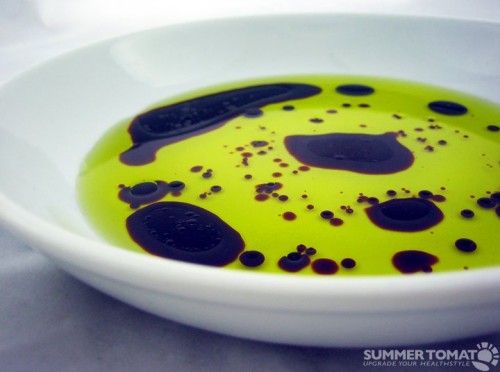
In the beginning, Italian waiters (and restaurant owners) were simply confused – why all of this demand for olive oil when there was no food on which to put it? – but then they swiftly moved from being perplexed to being appalled.
Why appalled, you ask? Certainly Americans (and other tourists) have broken Italian Food Rules before, especially the ones regarding cappuccino, pizza, and ice cubes. But those infractions paled in comparison with what happened when Americans, olive oil, and bread were combined. It was a catastrophe: A tourist asks for bread. The waiter complies, sneering a bit because he knows that eating bread before a meal ruins the appetite and leads to fat. Then the tourist throws the waiter an impatient look and asks for the olive oil.
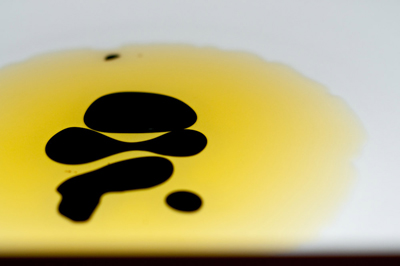
Now the waiter quits sneering and either says that there is no olive oil for the dining room (salads are dressed in the kitchen, pasta and veggies get their last splash from the chef; same with the main courses) or he brings a large bottle of olive oil – from the kitchen or the waiters’ service stand – to the table.
You say you still don’t understand the problem? Imagine the table in our hypothetical trattoria. Now there is a basket of bread and a bottle of olive oil in the center by the small candle or tiny floral centerpiece. There are four paper placemats, each topped with a knife and fork and a napkin. What do the Americans do? They have stretched to ask for pane and olio, using the right words. They have no further language resources or patience for piattino, ciotolina (or piccola ciotola), or any other tableware word, and frankly they are a bit miffed that the olive oil didn’t come served in a bowl.
So they take a slice of bread, place it on their paper placemat, and gingerly aim the spout of the large olive oil bottle at the center of the slice, trying desperately not to run over the crusty edges. Of course, olive oil, poured by even the most careful person, soaks through the light Italian bread, onto the placemat or napkin underneath.
The tourist is upset and embarrassed and the waiter is appalled and apoplectic. Now, add a hypothetical cotton tablecloth under our hypothetical paper placemats and you can see how the problem escalates. I do not exaggerate here for effect – I have seen both situations with my own eyes.
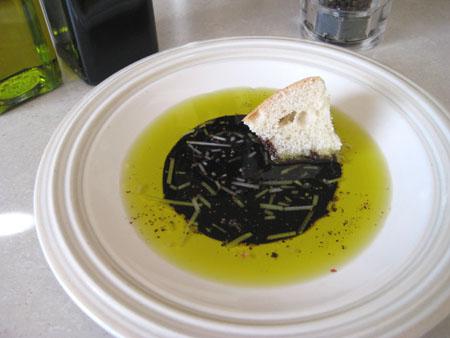
There are a few good reasons for the Italian Food Rule: Don’t Dip Bread in Olive Oil. Fine Italian extra virgin olive oil – the only type to eat with bread – is expensive. To place a bowl of olive oil on the table in front of Italians guarantees the waste of excess oil because Italians don’t eat bread before they start their meal. (Some might argue that Americans will wipe the bowl clean, but remember Italian Food Rules were not created with Americans in mind.) Italians aren’t given to eating out of a communal bowl (dipping a hunk of bread in olive oil, taking a bite and then dipping it back in the same oil would cause Italian to go pale with visions of bacteria, viruses, etc.). There is the possibility of drips – Italians avoid potential messes. This list probably just skims the surface of reasons behind the Rule.
As for that S of aceto balsamico floating on the oil… There is probably an extra penalty for adding that to the crime. Italians do not put balsamic vinegar on bread. Italians do not make a salad dressing with balsamic vinegar and olive oil (red wine vinegar only). Traditional aceto balsamico is wildly expensive, exquisitely good and should never be wasted or drowned in olive oil.
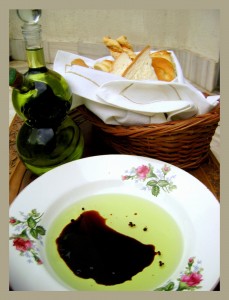
But if oil and bread together is so good, why don’t the Italians give in? Well, Italians do eat bread with extra virgin olive oil on top. The dish is called fettunta from fetta (slice) and unta (oily) – an “oily slice”. The bread is not dipped in oil. A slice of bread is toasted (preferably over a flame), rubbed while still warm with a halved clove of fresh garlic, and placed on a plate. Fresh extra virgin olive oil is poured over the slice of bread and salt is added to taste. It is difficult to find this dish in a restaurant because it is considered simple home food, not worthy of a dining experience and difficult to price since it is basically a slice of bread with a splash of olive oil.
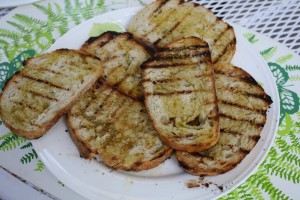
When in Italy, save the dipping of bread in olive oil for a formal tasting of the year’s new oil in December and January when the purpose is not to eat a lot of bread, but just to taste a variety of fabulous just pressed extra virgin olive oils. Keep the practice out of your restaurant experience while touring Italy and perhaps, give it up at home to avoid violating the Italian Food Rule: Don’t Dip Bread in Olive Oil.
